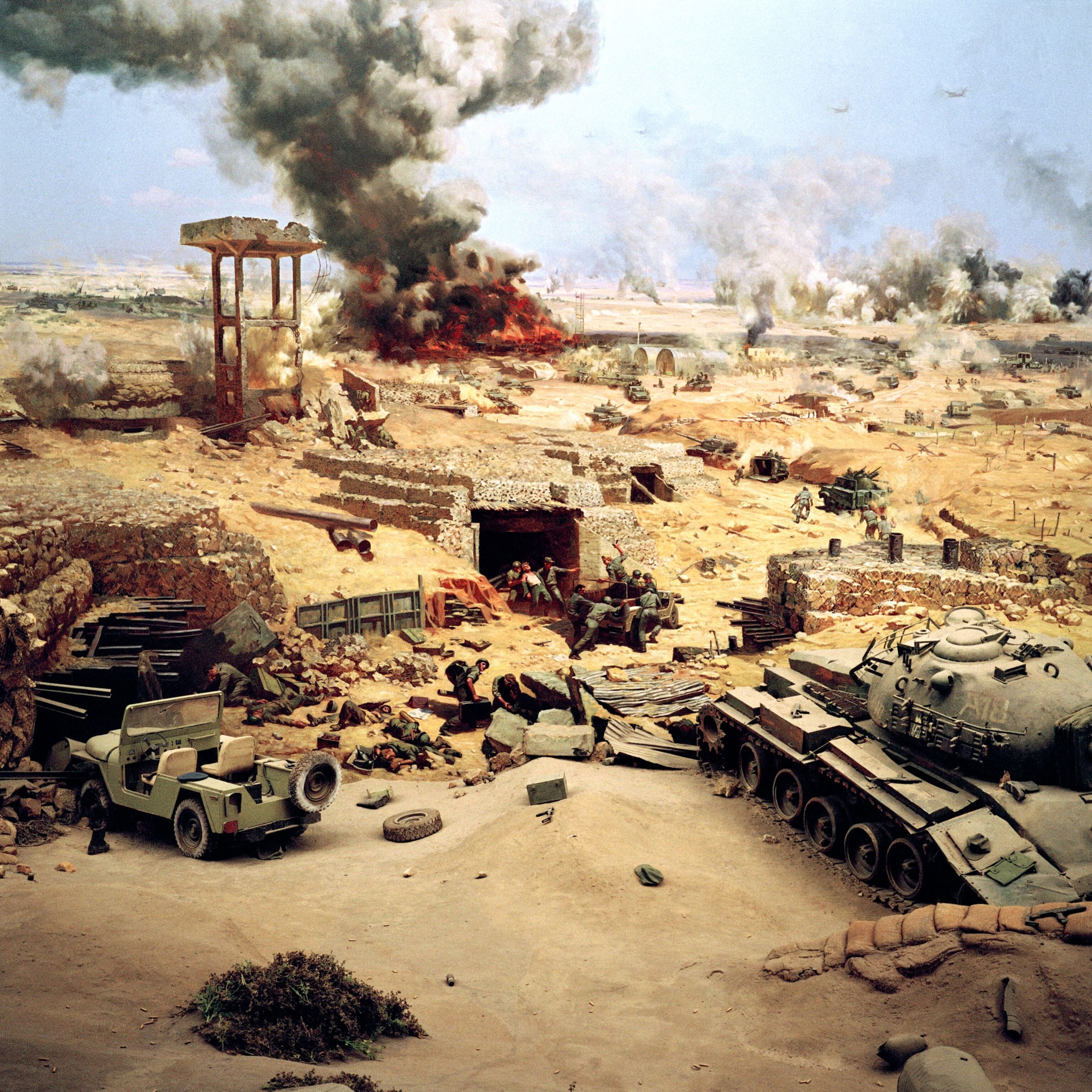

















See Inside These Bizarre War Museums
One photographer documented how different cultures remember their past.
In addition to holding artifacts, museums are also houses of memories, of ways to remember who won, who lost, and who lived and died. But who controls how history should be remembered?
The lack of objectivity inherent in curated museums inspired photographer Jason Larkin to visit museums around the world to photograph how history, especially memories of war, was depicted in public spaces.
Larkin happened upon the idea for this project, which he calls Past Perfect, while he was living in Egypt and noticed some of the peculiarities in exhibits about the country’s conflicts. “There are a lot of inaccuracies and also a lot of propaganda,” he observed. “Who paid for the museums? Who is making the decisions about how history is going to be seen?”
Who pays for museums is not a straightforward question. Often, it is the country itself, but often there are outside donors. For example, the October 1973 War Museum in Cairo—a museum with a 360-degree panorama paying tribute to the two-week war Egypt lead against Israel—was partially funded and built by the North Korean government. North Korea and Egypt have long had close relations, and when this museum was built in 1989, Egyptian president Hosni Mubarak often visited the country.
In Israel, Larkin noticed that a large portion of the country’s history is centered around conflict, which motivated him to see how their museums summarized decades of complicated and painful events.
He visited hundreds of museums around the world, in the U.K., the United States, Vietnam, Cuba, Egypt, and Israel. He photographed dioramas, paintings, sculptures, and objects not as a professional seeking official permission for an after-hours shoot, but like any other visitor would see the exhibits, by buying a ticket and strolling through.
In places like Vietnam and Cuba, some museums chose to represent a history of painful conflict in a creative way, with the City Museum in Da Nang, Vietnam, which had on display a sculpture made from bomb shrapnel.
Overall, Larkin noticed a primary theme in war museums around the world. “It’s mostly about nation building, propaganda, and putting out a strong image,” he says. “I’m not here to challenge the narrative, just show how it is put across.”
Follow Jason here on Instagram.




